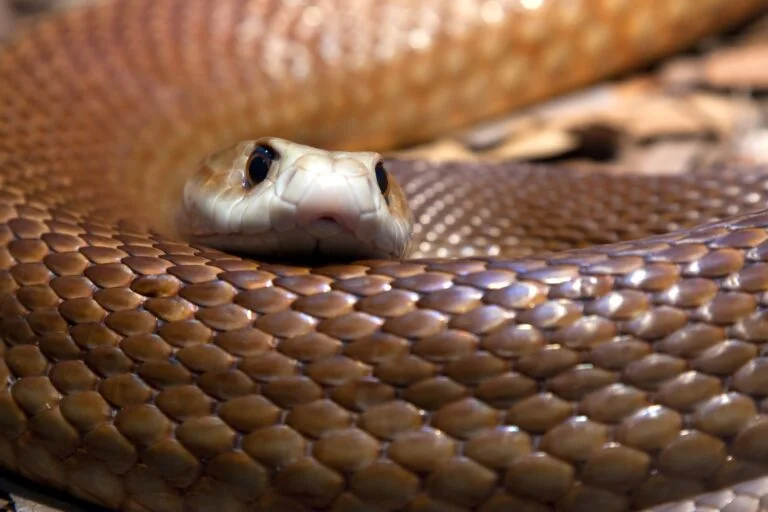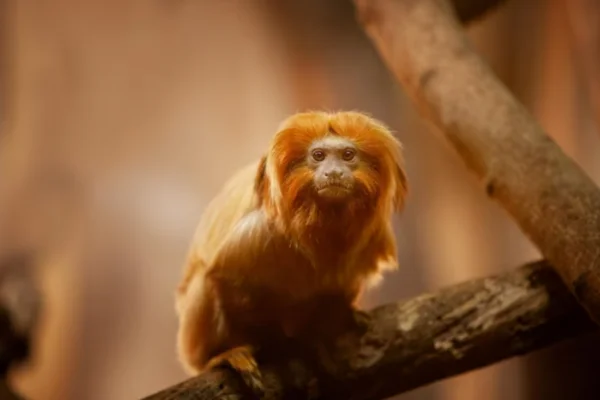The 10 biggest snakes in the world: Exploring the giants of the reptile kingdom
Description
Discover the incredible world of giant snakes as we explore the 10 largest snakes in the world. From the colossal Anaconda to the majestic Python, these snakes will amaze you.
Contents
- #1. Green Anaconda
- #2. Reticulated Python
- #3. Burmese Python
- #4. Python Africana da Rocha
- #5. Indian Python
- #6. Python Amethyst
- #7. Yellow Anaconda
- #8. Hummingbird
- #9. Naja Real
- #10. Taipan Coast
Introduction
Snakes have always exerted a mysterious fascination over humans. Among these crawling creatures, there are some truly giant species that demand respect and admiration. In this article, we embark on a journey to explore "The 10 biggest snakes in the world". These majestic reptiles are not only a testament to the wonders of the natural world, but also a source of intrigue for reptile enthusiasts and wildlife lovers. Join us as we reveal the incredible dimensions and unique characteristics of these formidable snakes.
1 - Green Anaconda
The 10 largest snakes in the world start with the Green Anaconda, an Amazonian giant. This colossal snake can reach lengths of up to 9 meters, making it the largest and heaviest snake species on the planet. Found in the lush rainforests of South America, the Green Anaconda is a true aquatic wonder, known for its exceptional swimming abilities.
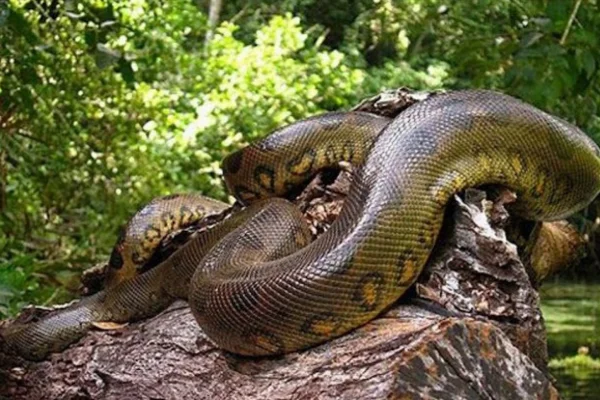
2. Reticulated Python
Our next stop takes us to the Reticulated Python. This snake can be found in Southeast Asia and is famous for its incredibly intricate patterns. Often considered one of the most beautiful snakes in the world, the Reticulated Python can rival the Green Anaconda in length, reaching up to 8.5 meters.
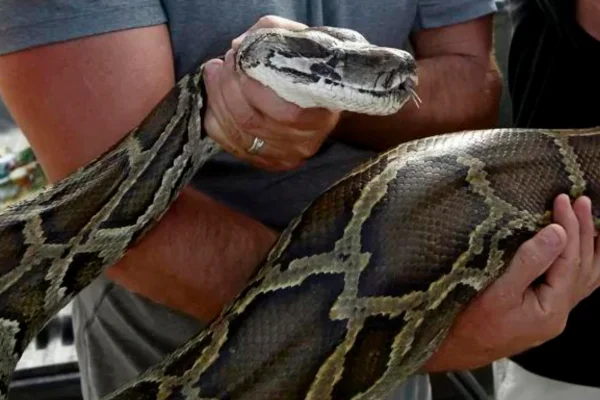
3. Burmese Python
In third place is the Burmese Python. Originally from Southeast Asia, this snake can reach lengths of up to 7 meters. Burmese Pythons have found their way into the pet trade, although their large size makes them challenging to care for.
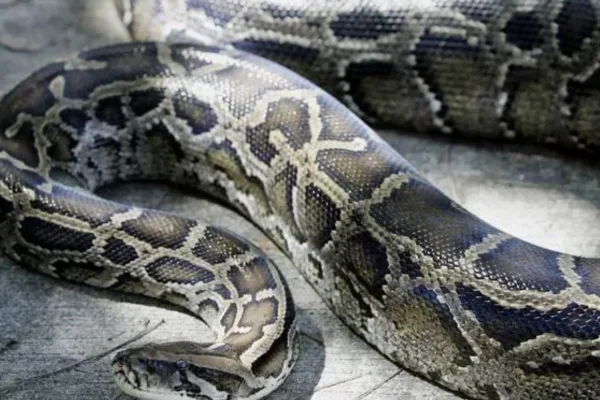
4. Python Africana da Rocha
Our journey now takes us to the African continent, where we meet the African Rock Python. This snake can reach lengths of 6 meters and is known for its robust build. Found throughout sub-Saharan Africa, it is a formidable predator in its habitat.
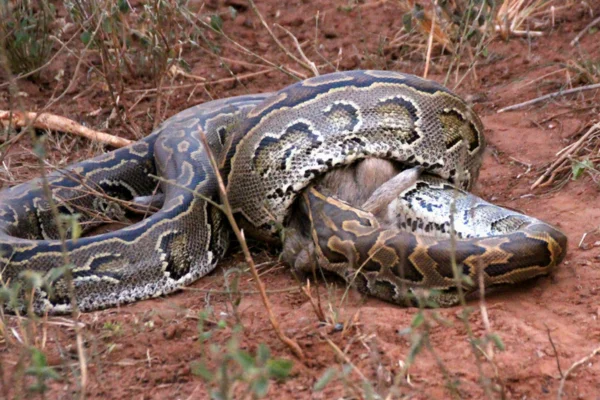
5. Indian Python
In fifth place, we have the Indian Python. This snake is native to the Indian subcontinent and can reach lengths of around 6 meters. Known for their adaptability, these snakes thrive in various environments, from forests to agricultural areas.
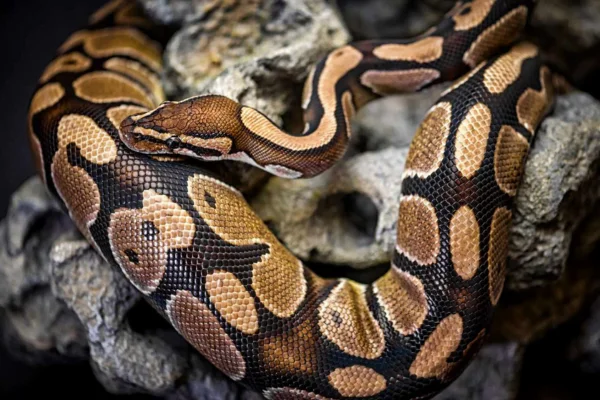
6. Amethyst Python
Continuing our exploration, we came across the Amethyst Python. This snake is native to Australia and New Guinea. What sets it apart is its remarkable length, with some individuals exceeding 7.5 meters. Its striking iridescent scales add to its appeal.
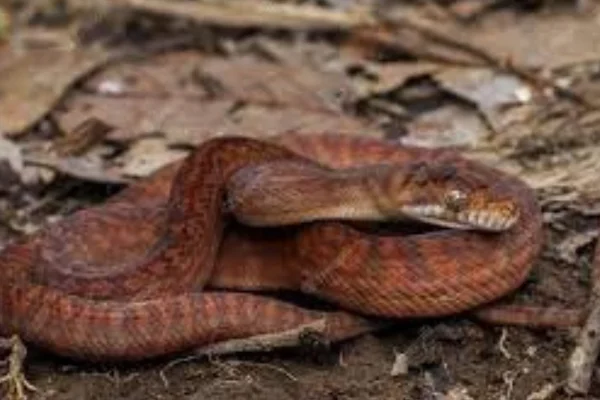
7. Yellow Anaconda
In seventh place is the Yellow Anaconda. This snake, a close relative of the Green Anaconda, inhabits the waterways of South America. Although it is smaller than its green relative, it can still reach an impressive 4 meters in length.
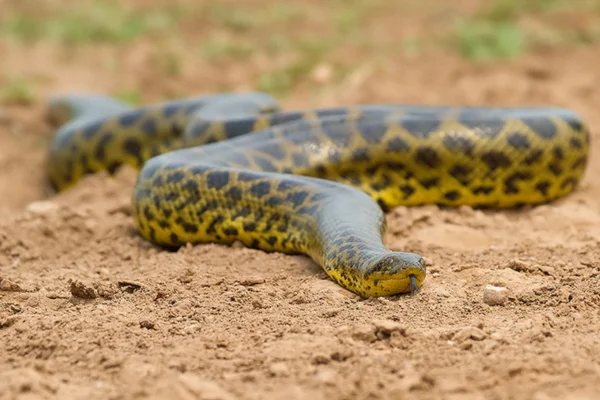
8. boa constrictor
The next snake on our list is the boa constrictor. Boa constrictors can be found in various parts of North, Central and South America. They are known for their strong bodies and ability to strangle, reaching lengths of 4 meters or more.

9. Royal cobra
In ninth position, we have the Royal cobra. This venomous snake, native to Southeast Asia, is the longest venomous snake in the world, reaching up to 5.5 meters. It inspires respect and fear due to its potent venom and iconic hood.
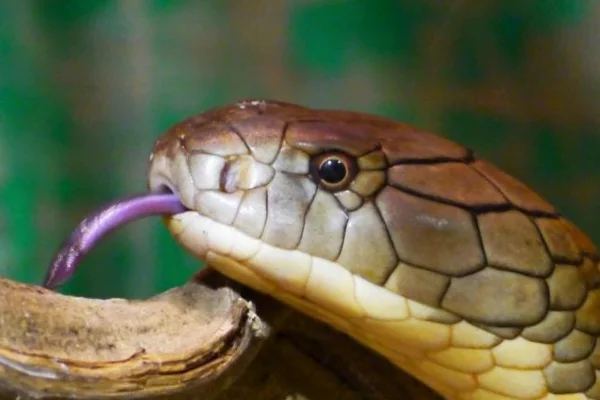
10. Coastal Taipan
Our ranking concludes with the Coastal Taipan, a highly venomous snake native to Australia. Although it may not be as long as some of the other snakes on this list, its potent venom makes it one of the deadliest snakes in the world.
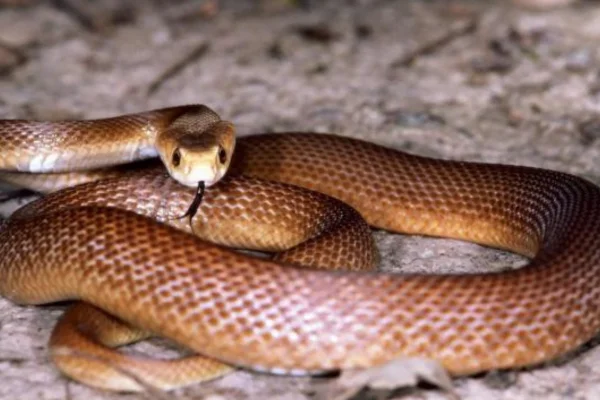
The 10 biggest snakes in the world
In this section, we'll dive deeper into the world of these giants and explore their unique characteristics, habitats and behaviors. Each of these snakes has its own story to tell, and we'll uncover the fascinating details that make them stand out.
Frequently Asked Questions (FAQs)
Are all these snakes dangerous to humans?
Although many of these snakes have the potential to be dangerous due to their size or venom, they generally avoid humans when they get the chance. However, it is crucial to be careful and avoid provoking them or approaching them in the wild.
How do these giant snakes hunt and feed?
Most of these snakes are constrictors, which means that they squeeze their prey in order to dominate it. They feed mainly on mammals, birds and sometimes larger prey such as deer or wild pigs.
What is the conservation status of these snakes?
Several of these snakes are listed as vulnerable or endangered due to habitat loss and illegal hunting. Conservation efforts are underway to protect their populations.
Can these snakes be kept as pets?
Some of these snakes are kept as pets, but it is essential to do thorough research before considering one as a pet. They require specialized care and environments.
Do these snakes have natural predators?
As predators at the top of the food chain, these snakes have few natural enemies. Occasionally, larger mammals or other snakes can pose a threat.
How can I observe these snakes in the wild?
Watching these snakes in the wild is an exciting experience, but it must be done with the utmost respect for their natural habitat. Seek guidance from local experts and follow ethical wildlife watching practices.
Conclusion
"The 10 biggest snakes in the world" took us on a captivating journey through the realm of giant snakes. These magnificent creatures, with their impressive size and unique features, remind us of the diversity and wonders of the natural world. Although they may inspire fear in some, they also arouse admiration and respect for their role in their ecosystems. As we conclude our exploration, we encourage you to continue learning about these snakes and to support conservation efforts to protect their habitats and ensure their survival.
Thanks for stopping by, check out our other work too
https://vettopbr.com/tosse-em-caes/

